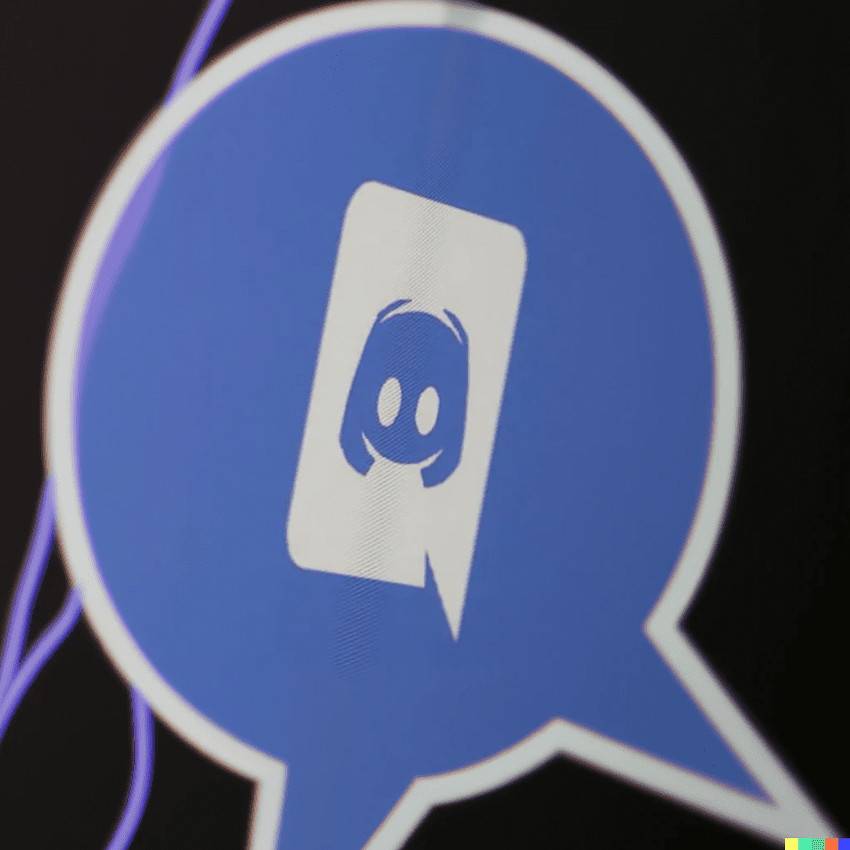The US government is grappling with the unauthorized disclosure of classified national defense information, allegedly by Jack Teixeira, an airman in the Massachusetts Air National Guard. The documents that were leaked appear to be classified war documents that detail secret American and NATO plans for building up the Ukrainian military ahead of a planned offensive against Russian troops. They include information about anticipated weapons deliveries, troop and battalion strengths, and other plans.
The leak has been treated seriously, and the Department of Defense is working with interagency partners and the intelligence community to understand the extent of the leak.
According to recently leaked documents on the chat app Discord, the Russian government has become far more successful at manipulating social media and search engine rankings than previously known, boosting lies about Ukraine’s military and the side effects of vaccines with hundreds of thousands of fake online accounts. Russian operators of these accounts claim they are detected by social networks only about 1 percent of the time.
The leaked analysis of Russia’s effectiveness at boosting propaganda on Twitter, YouTube, TikTok, Telegram and other social media platforms cites activity in late 2022 and was apparently presented to U.S. military leaders in recent months and offers a rare candid assessment by U.S. intelligence of Russian disinformation operations.
The analysis concludes that “The efforts will likely enhance Moscow’s ability to control its domestic information environment and promote pro-Russian narratives abroad.”
Senator Lindsey Graham criticized Representative Marjorie Taylor Greene for defending the 21-year-old National Guardsman suspected of leaking classified documents online. Greene had tweeted in support of the accused, stating that he told the truth about troops being on the ground in Ukraine and questioned whether he was the real enemy.
Graham called this statement irresponsible and dangerous and said that military members are less safe because of what the airman did. The leak has been damaging in the region, as sensitive intelligence and defense information was shared.
Military analysts suggest that the documents appear to have been modified in certain parts from their original format, potentially as part of a disinformation effort by Moscow. The modifications point to overstated American estimates of Ukrainian war dead and understated estimates of Russian troops killed. These revelations point to a significant breach of American intelligence in the effort to aid Ukraine.
The leaks have frustrated several US allies, and there are concerns about the safety of personnel and allies. Department of Defense officials have warned that service members and DOD employees must not read or download leaked documents that appear in the media or on a website or in a chat as they should be treated as classified.
The leaks and disinformation campaigns by Russia are a reminder of the ongoing information war and the importance of safeguarding classified and sensitive information. The DOD has strict guidelines in place to protect classified information, and the government is working to understand the extent of the leaks and identify those responsible. These efforts are crucial in protecting national security and the safety of personnel and allies.
Classified documents detailing secret American and NATO plans for building up the Ukrainian military ahead of a planned offensive against Russian troops were leaked on social media platforms. Senior Biden administration officials say that this constitutes a significant breach of American intelligence. The Pentagon is investigating who may have been behind the leak of the documents, which appeared on Twitter and Telegram, a platform that is widely available in Russia.
The documents provide information about anticipated weapons deliveries, troop and battalion strengths, and other plans, but they do not provide specific battle plans. Military analysts suggest that the documents appear to have been modified in certain parts from their original format, potentially as part of a disinformation effort by Moscow. The modifications point to overstated American estimates of Ukrainian war dead and understated estimates of Russian troops killed.


